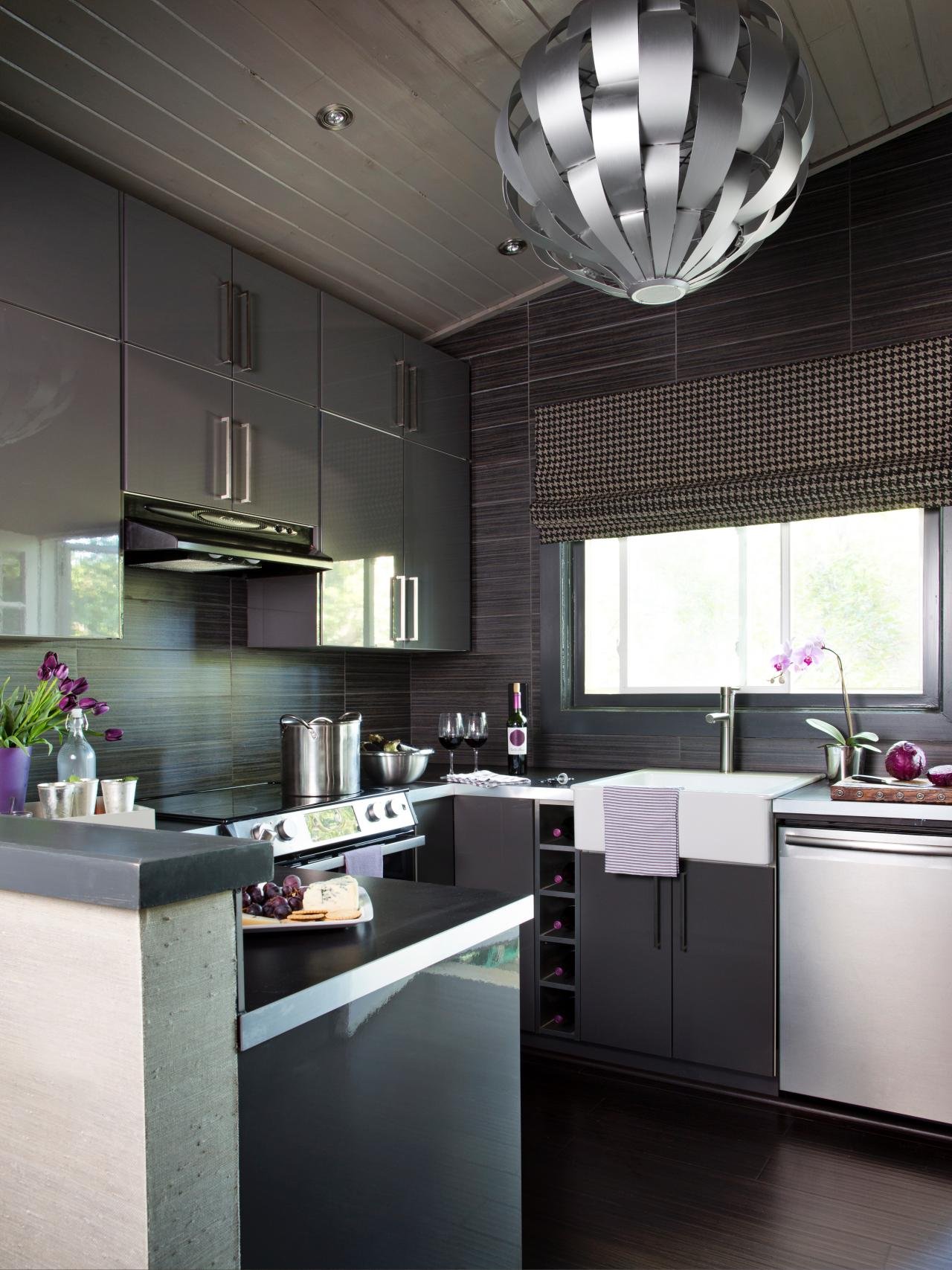Table of Content
And then, add the sales force in, you know, thousands of folks on -- on the street with by far the largest distribution sales force in the space. Simeon, our overall philosophy hasn't changed from the timeframe that we started the accelerated investment. We said that we needed to do that because we had to get ahead of where the customer was taking us, and that's why we made the investment that we did in terms of the $11.1 billion. And -- and the intent behind that was twofold. Number one, we wanted to be able to grow faster than the market, gaining share in the marketplace, and then accelerate our incremental margin dollar growth.
And there was some in-store activation in our event spaces. So for the quarter, the most significant influence were really the cancellations of annual events during the quarter. If you look at the pressures again as we stated, there was some pressure from mix and from shrink. But really, those pressures were consistent with what we expected at the beginning of the year and what we saw in Q1.
HD earnings call for the period ending Aug. 2, 2020.
Diluted earnings per share were $2.65 for the fourth quarter. Our results this quarter once again were driven by broad-based strength across the business and geographies. Diluted earnings per share increased 16.5% to $11.94 for the year.
But with all these new customers engaging across all The Home Depot capabilities, we're very closely watching reengagement rates. And I mentioned a couple statistics in my prepared remarks, but we're seeing people shopping across departments. What is their duration before there's a repeat engagement with a capability or indeed a purchase?
Events & Presentations
As customers engaged with the Home Depot, we see a continued blend of both the physical and digital worlds. As a result, we believe that this distinct competitive advantages and overarching benefits of an interconnected One Home Depot strategy have never been more relevant. We firmly believe that our One Home Depot strategy is creating a best-in-class, interconnected shopping experience.
The Motley Fool owns shares of and recommends Home Depot. Thank you, Christine, and thank you all for joining us today. We look forward to speaking with you on our first-quarter earnings call in May. We work closely with our supplier partners to be the advocate for value for the customer. And as I think about all that -- that's going on now, I reflect back to the tariffs and I guess I -- I want for that was our biggest issue when we're -- when we were managing tariffs.
Premium Investing Services
At this level, at this elevated level of sales though it's harder to tell the degree of the impact we've made. So, we're gonna keep watching it and work on the problem right. I -- I'll go back to Craig's comment on this. You know, now that the investment program is substantially complete, you're going to see us return to a steadier, more consistent investment posture. What we're telling you today is, going forward, we're moving to that steady and consistent cadence. Chris, we're -- we're using the capex spend of approximately 2% of sales as kind of a rule of thumb.
So look, in terms of the overall benefit from stimulus, hard to quantify, but we have to believe that there's some -- when customers have more money in their pocket, there's some benefit to that. So we don't kid ourselves to think that that didn't have some kind of impact. But clearly, the customer is engaged around their home and looking to get things fixed, looking to take on projects as they have time to be able to do that. And then a couple of quick ones on the expense side. Can you talk about some of the investment levels that you're pushing out relative to the $40 million year-over-year investment 2Q?
So, we'll -- we'll have an even stronger inventory position where we sit today as we go into the height of spring. During the year, we opened five new stores and ended the year with a store count of 2,296. Retail selling square footage was approximately 239 million square feet. For the fiscal year, total sales per retail square foot were $544, the highest in our company's history. At the end of the quarter, merchandise inventories were $16.6 billion, an increase of $2.1 billion versus last year.
We have been able to leverage investments we have made in the scale and flexibility of our supply chain network to relieve some of the pressure. Our interconnected retail strategy and underlying technology infrastructures have supported record web traffic on a consistent basis for the past several months. Sales leveraging our digital platforms increased approximately 100% in the quarter and more than 60% of the time, our customers opted to pick up their order at a store. The rate at which customers are authenticating with us has also accelerated which provides us with a unique opportunity to know our customers even better. The Atlanta, GA-based home improvement retailer continues to be a money-making machine as the stock is up more than 30% year-to-date despite a global recession. This time is different as housing strength is boosting sales, while shelter in place orders caused customers to invest more in their own homes.
Meanwhile, analysts were looking for 'just' 10.9% year-on-year growth. Same-store sales in the United States were up 25%. The most beautiful thing about the stock market is that every situation is different.
As we move forward, we are committed to investing in our business to stay ahead of customer expectations and further enhance the customer experience with two main objectives in mind. First, to deliver returns by driving growth faster than the market in any environment. And second, to further strengthen our position as a low-cost provider in home improvement with a relentless focus on productivity and efficiency.

No comments:
Post a Comment